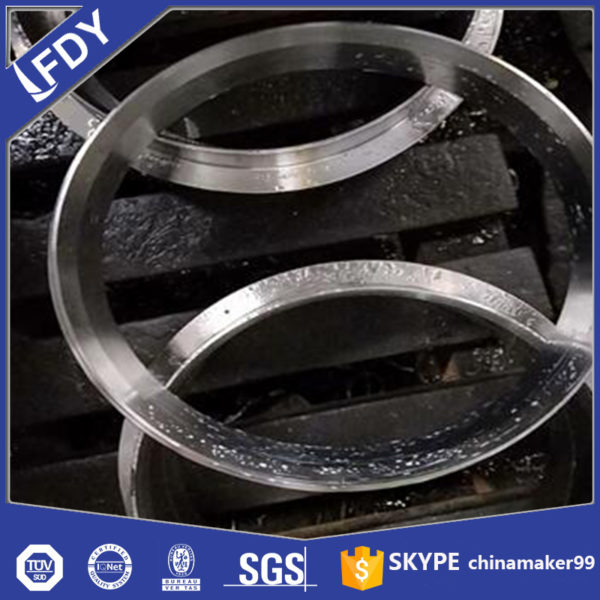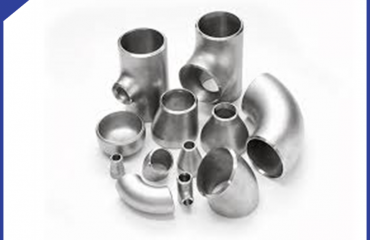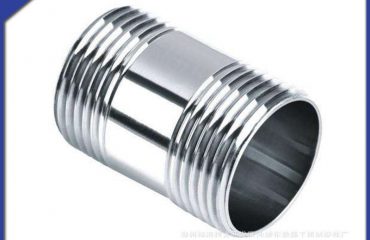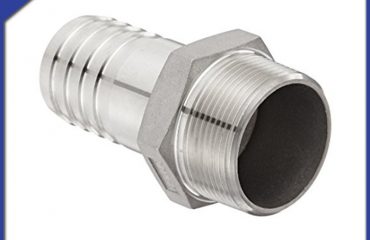
Stainless steel flange is a disk-like part, in the pipeline engineering flange is mainly used for the connection of pipelines, in the need to connect the pipeline, each installation of a flange, low pressure pipe can use wire flange, more than 4 kilograms of pressure on the use of welding flange, two pieces of flange between the sealing point, and then with bolts fastening.
Different pressure flanges have different thicknesses and use different bolts, pumps and valves in connection with the pipe, the parts of these equipment, also made of the corresponding flange shape, also known as flange connection. In all two planes in the vicinity of the use of bolts connected with the closure of the connecting parts, generally known as “flange”, such as the connection of ventilation ducts, this kind of parts can be called “flange type parts.” But this kind of connection is only a part of the device, such as the flange and water pump connection, it is not good to call the pump “flange type parts.” Compared to small valves such as valve, can be called “flange type parts.”
Stainless Steel flange main function is:
1.Connect the pipe and maintain the sealing performance;
2.Facilitate the replacement of a section of the pipeline;
3.Easy to disassemble and inspect the pipeline;
4.Convenient for the closure of a section of the pipeline.
The corrosion resistance of stainless steel flanges in all kinds of pipes is the best. Because stainless steel flanges can be deactivated with oxidants, the surface forms a tough, dense chromium-rich oxide protective film $literal, effectively preventing the further occurrence of oxidation. Stainless steel flanges Do not corrode as evenly as carbon steel, without protecting the coating when used.
After corrosion of stainless steel flange, the tube wall of stainless steel flanges is usually thinned, and local pits and pitting are appeared. Stainless Steel Flange corrosion detection method is leakage magnetic flux and ultrasonic detection method. Stainless steel Flange Vacuum seals are mainly rubber seals, metal seals and magnetic liquid seals. Among them, metal seals can meet ultra-high vacuum requirements, however, there are the following disadvantages: The metal sealing ring is poor in elasticity, which requires a great deal of sealing force, poor repeatability, and the roughness of flange sealing surface and the edge of the blade is high, and the thermal expansion coefficient of the sealing ring and flange material is large, which causes the leakage of local deformation.
 Language
Language Espanol
Espanol English
English Italian
Italian عربى
عربى
 Skype: chinamaker99
Skype: chinamaker99  Tel: 86-316-5120812
Tel: 86-316-5120812  Email:
Email:  Whatsapp:
Whatsapp: 

